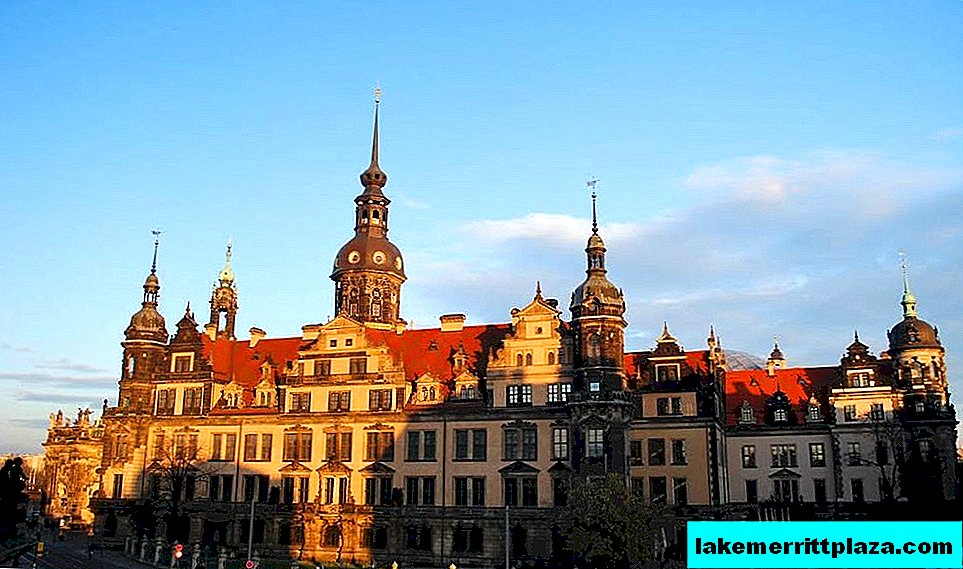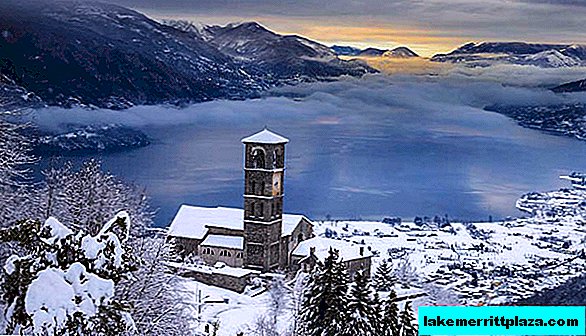Mozzarella (Mozzarella di Bufala) - one of the most famous and common Italian cheeses. Mozzarella is a soft young cheese that can and should even be eaten immediately after production.
There is nothing to compare with fresh mozzarella with a pleasant, delicate taste of buffalo milk! Once you have tasted real mozzarella, you can never refuse it.

Appearance story
It is still unknown who brought buffalo to Italy. Some say that Hannibal, others that the Arabs, and some believe that the Indians. It is also believed that this cheese appeared in the XII century and invented it completely by accident.
At that time, as you know, there were no refrigerators, and here the locals of a small town in the Campania region stored milk in the stomach of a buffalo in the cellar. Once they completely forgot about milk, and when they remembered, they found cheese in the form of a ball with a soft curd mass inside.
Over time, the cheese spread to other regions of Italy. Today the best mozzarella is made in the Campania region, especially it is believed that the mozzarella from Caserta and Battipaglia are beyond praise.
At the beginning of the 20th century, northern Italy began reforming the drainage of marshy areas, and for buffaloes this environment is ideal. In this regard, the number of animals has been greatly reduced. And the peasants began to produce mozzarella from ordinary cow's milk. Now you can find mozzarella from cow and buffalo milk, however, mozzarella di buffalo is much more expensive, so sometimes you need to look for it.

In addition to milk, another distinctive feature of mozzarella is its viscous texture. Milk is boiled at a certain temperature, after the whey begins to separate, the contents are constantly stirred, a sticky paste pasta filata gradually forms. And the most interesting: the masters begin to sculpt and cut (mozzare) cheese, and this process is called “mozzatura”. Hence the name of the cheese. The process is not easy, cheese makers with tenderness and love pull the cheese, forming smooth balls, smooth, neat. Then mozzarella is immersed in saline to maintain its freshness and softness.
Types of Mozzarella
Mozzarella is 4 types:
- fresh (fior di latte from cow's milk and di bufala - from buffalo);
- pressed (mozzarella solido);
- stretched (in the form of braids trecce and nodini nodules);
- smoked (Mozzarella affumicata).

The curd mass for mozzarella is like a woman’s body, and male cheese makers carefully sculpt works of art out of it.
It can be big balls - “bocconcini”, balls a little smaller, the size of a large cherry - “ciliegine”, and very small ones - “perlini”, or maybe mozzarella in the form of a pigtail (trecce) or swirling knots (nodini). Some manufacturers invent their own method of twisting mozzarella, so to speak, their brand name. It is in the Campania region that many home-made mozzarella plants have been preserved, which from the very early morning boil this incredibly delicious cheese for local residents.
Campania's buffalo mozzarella has the quality label Mozzarella di Bufala Campana D.O.P. In addition to Campania, this cheese is produced in the regions of Lazio and Sicily.
If you will have the opportunity to go on a culinary tour, as I once had, and be at the dairy at 5 in the morning, be sure to use it. The scents that are in the air are incredible. A freshly prepared mozzarella will exceed all your expectations. The taste is slightly freshish, but very delicate, delicate, milky. Fresh mozzarella has a creamy, soft texture and resembles a sponge. When you cut a ball with a knife, then a white liquid flows out of it - milk.
- We recommend reading: How to make mozzarella at home

This cheese is the basis of the classic Italian caprese salad. Ripe bright red tomato, pearls of snow-white mozzarella, juicy green basil, a little oregano and greenish-golden olive oil create a joyful mood on the plate - a gastronomic idyll.

There are many ways to enjoy soft mozzarella: antipasti - mozzarella and prosciutto or tuna tartare in creamy mozzarella sauce; pasta - with tomatoes, black olives and mozzarella or tortelli with mozzarella, couscous with mozzarella or rice balls of arancini with mozzarella, peas and pancetta, or in a Sicilian closed crescent-shaped pizza with a crescent shape. And the list goes on forever, simply because mozzarella is the perfect and best cheese, and my love for it is inexplicable.
Buon appetito!







